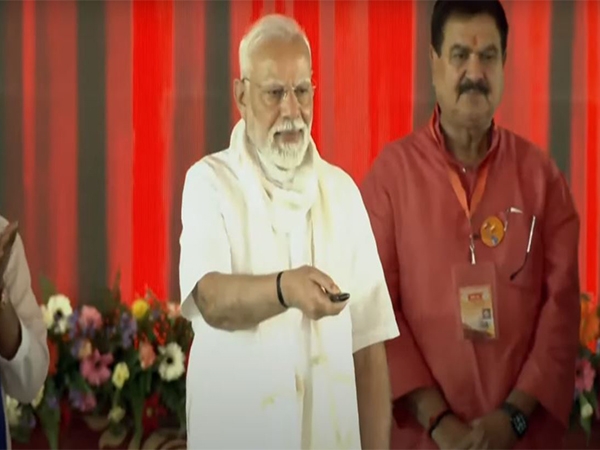One in five Indians walks to work: what's the state of our public transport?

The daily reports of vehicular pollution and long traffic jams make for depressing reading. Those who have to suffer through them get angry, but there doesn't seem to be anything they can do about it.
However, the latest Census data offers a little ray of hope. According to the data, one in five Indians walks to work.
The positive aspect of this is that there will be fewer vehicles on the road, leading to a better quality of air to breathe. On the flip side, there's the lack of cost-effective and robust public transport, which probably forces people to walk to work.
We try and decode some of these numbers.
- The total number of people surveyed.
- This excludes agricultural and domestic workers.
One-third of these people use modes of transport other than buses and trains, such as cars, motorcycles and auto-rickshaws.
- More than one in five people surveyed (about 4.5 crore) walk to work.
- This is more than the total population of Delhi and Mumbai combined.
More than 3 crore of these are men.
- In contrast, only 28 lakh people walk to work in the United Kingdom.
- More than half of the people who walk to work reside in urban India.
- This clearly indicates that all is not well with public transport in cities - either it is unaffordable for the urban poor or underdeveloped.
1.8 crore people who walk to work reside in rural India. The reason is the lack of public transport.
- However, for more than 80% of these people, the workplace is under 5 kilometres away.
- The number of people who work from home.
- In contrast, only 2.9 crore people avail public transport like buses and trains to travel to work.
More than 1.7 crore of these people belong to rural areas. The reason is that buses and trains are cheap modes of transport.
- The number of people who travel more than 50 km to reach their workplace.
- 28 lakh of these people are from rural India and buses are their preferred means of transport.
- The share of people in Delhi who travel by car, jeep or van to their workplace.
- Delhi has the highest rate of car travel in the country, showing just why the city suffers from a high degree of pollution.
Ironically, Delhi has the most efficient metro network in India, but also the highest number of cars in the country.
- A distant second is Chennai, where 6.14% of the workers travel in cars; closely followed by Mumbai at 4.78% and Kolkata 2.93%.
Significantly, Kolkata was chosen by the World Bank in the recent past as the city with the most sustainable transport system in India, because of its well-entrenched network of local trains, metro, trams, buses and autos.
Saturday, 14 November, marks World Diabetes Day. In Australia, this day is marked as 'Walk to Work Day'.
It is predicted that by 2030, India will be home to 7 crore diabetics. Given that, it is high time that more people started walking to work, distance permitting.
Moreover, the critical state of public transport infrastructure should also be improved, so that people give up travelling by cars in order to save their cities.
First published: 13 November 2015, 8:32 IST





![BJP's Kapil Mishra recreates Shankar Mahadevan’s ‘Breathless’ song to highlight Delhi pollution [WATCH] BJP's Kapil Mishra recreates Shankar Mahadevan’s ‘Breathless’ song to highlight Delhi pollution [WATCH]](https://images.catchnews.com/upload/2022/11/03/kapil-mishra_240884_300x172.png)

![Anupam Kher shares pictures of his toned body on 67th birthday [MUST SEE] Anupam Kher shares pictures of his toned body on 67th birthday [MUST SEE]](https://images.catchnews.com/upload/2022/03/07/Anupam_kher_231145_300x172.jpg)






